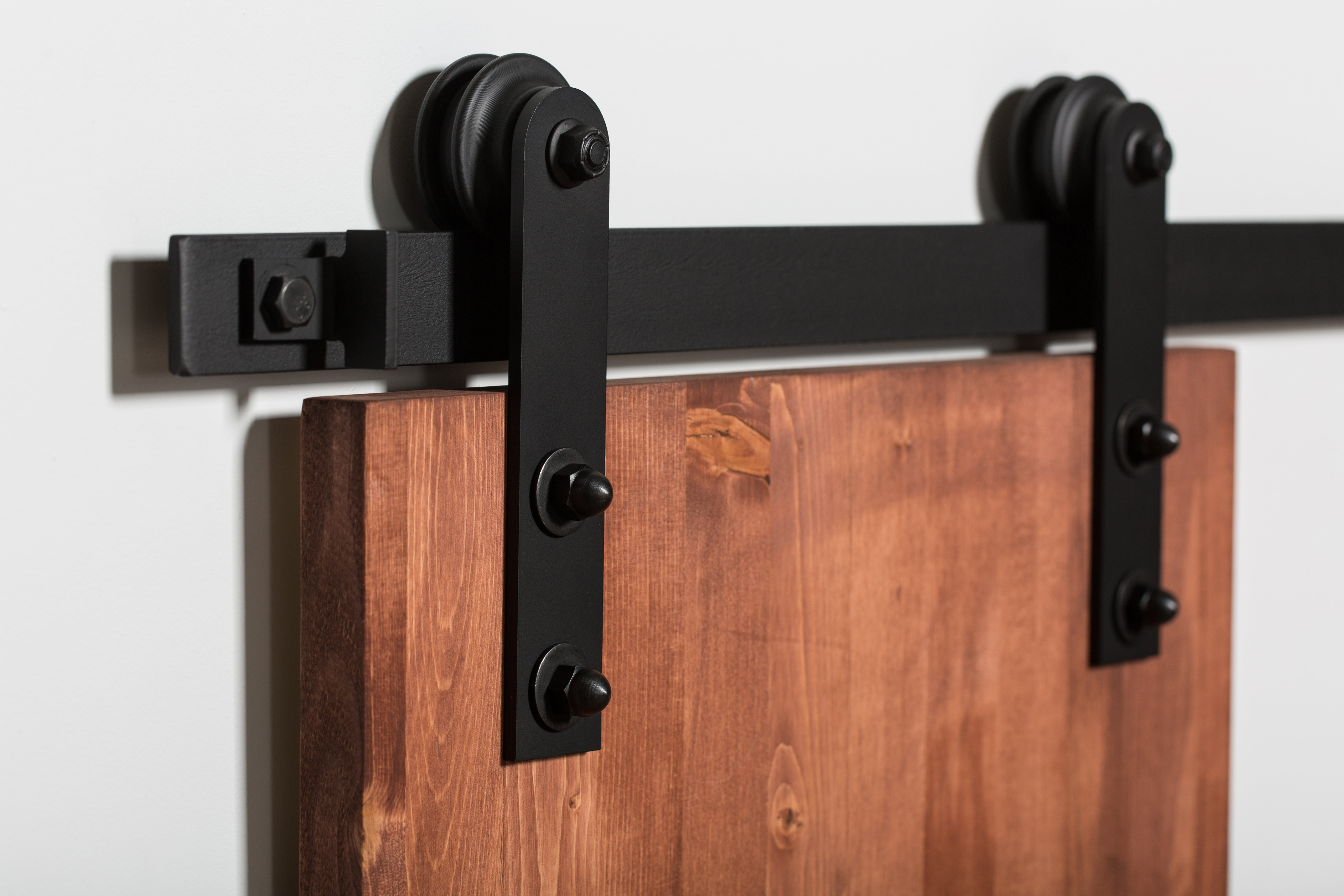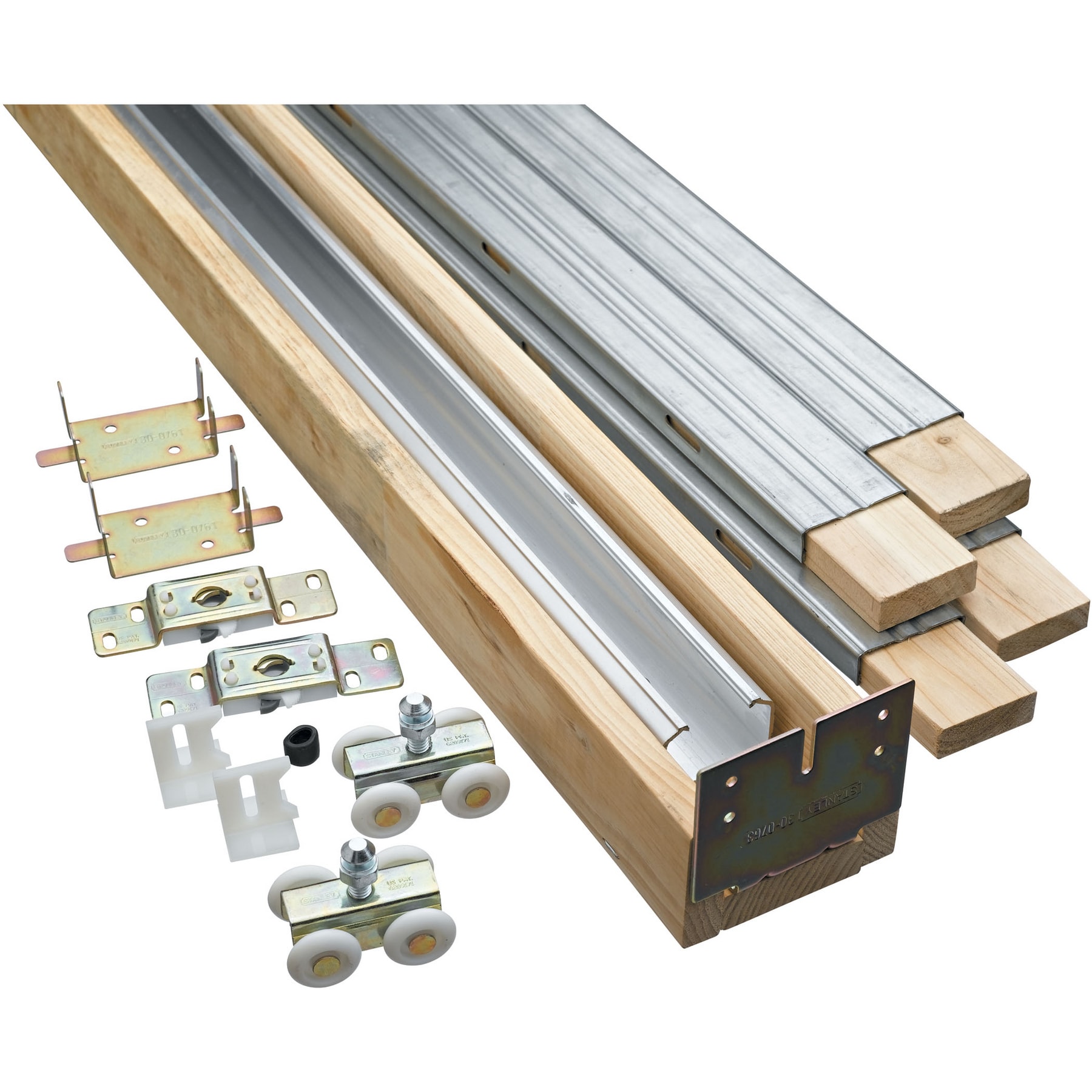Types of Sliding Cabinet Door Hardware Kits
Choosing the right sliding cabinet door hardware is crucial for both functionality and aesthetics. A poorly chosen kit can lead to frustrating operation, premature wear, and a compromised overall kitchen or bathroom design. This section will delve into the various types available, highlighting their strengths and weaknesses to aid in informed decision-making.
Sliding Cabinet Door Hardware Kit Types and Specifications
The market offers a wide variety of sliding cabinet door hardware kits, each with its own unique features and benefits. The following table summarizes key characteristics to aid in comparison:
| Type | Materials | Weight Capacity (approx.) | Installation Method |
|---|---|---|---|
| Standard Roller System | Metal (steel, aluminum, zinc alloy); sometimes with plastic components | 20-50 lbs per door | Surface mount, typically with screws |
| Heavy-Duty Roller System | Heavy-gauge steel, sometimes with ball bearings | 50-100 lbs per door | Surface mount or recessed; may require more complex installation |
| Soft-Close System | Metal with integrated dampening mechanism | 20-75 lbs per door (varies by model) | Surface mount; often requires precise alignment |
| Concealed Track System | Metal (aluminum or steel) track integrated into the cabinet frame | 20-50 lbs per door (depending on track design) | Recessed installation; requires careful planning and execution |
Comparison of Sliding Cabinet Door Hardware Features
The choice between different sliding cabinet door hardware kits hinges on several key factors. A careful consideration of roller systems, track designs, and soft-close mechanisms is essential.
Sliding cabinet door hardware kit – The following points compare and contrast these critical aspects:
- Roller Systems: Standard roller systems are cost-effective but may exhibit more noise and friction over time. Heavy-duty systems, often incorporating ball bearings, offer smoother operation and increased longevity, particularly for heavier doors. The quality of the rollers significantly impacts the overall performance and lifespan of the hardware.
- Track Designs: Surface-mounted tracks are easier to install but are more visible. Concealed tracks offer a cleaner, more modern aesthetic, but require more precise installation and may be more expensive. The material and design of the track also impact its durability and resistance to wear.
- Soft-Close Mechanisms: Soft-close systems provide a quiet, controlled closing action, preventing slamming and extending the life of the doors and hardware. While adding to the cost, the enhanced user experience and reduced wear justify the investment for many users. The effectiveness of the soft-close mechanism depends on the quality of its components and proper installation.
Aesthetic Considerations for Sliding Cabinet Door Hardware
The visual appeal of sliding cabinet door hardware is a significant factor in the overall kitchen or bathroom design. The choice of finish, style, and material significantly impacts the overall aesthetic.
Here are some key aesthetic aspects to consider:
- Finishes: Brushed nickel, oil-rubbed bronze, polished chrome, and matte black are popular finishes, each offering a different aesthetic appeal. The choice should complement the overall style of the cabinetry and other kitchen or bathroom fixtures.
- Styles: Hardware styles range from minimalist and modern to traditional and ornate. Consider the overall design style of your cabinetry when selecting hardware. A modern cabinet might pair well with sleek, minimalist hardware, while a traditional cabinet might benefit from more ornate hardware.
- Suitability for Different Cabinet Designs: The hardware should complement the style of the cabinet. For example, a contemporary kitchen with flat-panel cabinets might look best with sleek, minimalist hardware, whereas a traditional kitchen with raised-panel cabinets might be better suited to more ornate hardware. The size and weight of the doors will also influence the choice of hardware.
Installation and Maintenance of Sliding Cabinet Door Hardware Kits

Proper installation and regular maintenance are crucial for ensuring the smooth, reliable operation of your sliding cabinet door hardware. Neglecting either can lead to premature wear, frustrating malfunctions, and ultimately, the need for costly repairs or replacements. This section provides clear, step-by-step guidance for installation, troubleshooting common problems, and implementing a preventative maintenance plan.
Installation Steps for Sliding Cabinet Door Hardware
Successful installation hinges on careful measurement, precise alignment, and the use of appropriate tools. Rushing the process often results in misalignment and operational difficulties. Follow these steps meticulously for optimal results.
- Preparation: Gather all necessary components from the kit, including tracks, rollers, mounting hardware (screws, etc.), and any included templates. Ensure the cabinet is empty and the area is clean and well-lit. Describe Image 1: A close-up shot of all the hardware components neatly laid out on a clean work surface, clearly showing each part and its identifying label.
- Track Installation: Using the provided template or careful measurements, mark the location of the track on the cabinet frame. Pre-drill pilot holes to prevent wood splitting. Secure the track to the frame using the appropriate screws. Describe Image 2: A close-up shot of the track being attached to the cabinet frame with screws, highlighting the precise alignment needed for smooth operation. Note the use of a level to ensure the track is perfectly horizontal.
- Roller Attachment: Attach the rollers to the cabinet doors according to the manufacturer’s instructions. Ensure the rollers are securely fastened and aligned correctly. Describe Image 3: A detailed view of a roller being attached to the back of a cabinet door, showing the correct placement and method of securing it. The image also shows how to align the roller with the door edge.
- Door Installation: Carefully lift and slide the doors onto the installed tracks. Ensure the rollers engage smoothly with the track. Make any necessary adjustments to ensure the doors slide effortlessly. Describe Image 4: A view showing the cabinet doors being carefully slid onto the installed tracks. The image highlights the smooth, effortless movement of the doors.
- Testing and Adjustments: Test the operation of the doors, checking for smooth movement and proper alignment. Make any necessary adjustments to the roller placement or track alignment to rectify any issues. Describe Image 5: A wide shot of the installed cabinet with doors sliding smoothly and silently, demonstrating the successful installation.
Troubleshooting Common Installation Problems
Even with careful attention to detail, installation challenges can arise. Addressing these promptly prevents further complications.
| Problem | Solution |
|---|---|
| Doors bind or stick | Check for obstructions in the track, misaligned rollers, or warped doors. Clean and lubricate the track. Adjust roller placement or replace damaged rollers. |
| Doors are not aligned | Ensure the track is level and the rollers are properly aligned. Adjust the screws securing the track to the frame. If the doors are significantly misaligned, they may need to be planed. |
| Doors are too loose | Tighten the screws securing the rollers to the doors. If the problem persists, there may be issues with the roller mechanism itself; consider replacement. |
Maintenance Routine for Sliding Cabinet Door Hardware
Regular maintenance significantly extends the lifespan and smooth operation of your sliding cabinet doors.
A simple maintenance routine involves periodic cleaning and lubrication. At least once a year, remove the doors from the tracks, clean the tracks with a soft brush and mild detergent, and wipe away any dust or debris. Apply a light silicone-based lubricant to the tracks and rollers. Avoid using heavy-duty lubricants or oils, as these can attract dust and gum up the mechanism. Regularly inspect the rollers and tracks for any signs of wear and tear, replacing damaged components promptly. This proactive approach will prevent problems before they escalate and ensure years of trouble-free use.
Choosing the Right Sliding Cabinet Door Hardware Kit

Selecting the appropriate sliding cabinet door hardware is crucial for both functionality and aesthetics. A poorly chosen kit can lead to frustrating operation, premature wear, and a less-than-ideal look. Careful consideration of several key factors will ensure a smooth and long-lasting solution.
Decision-Making Flowchart for Sliding Cabinet Hardware Selection
The selection process should begin with a clear understanding of your needs. This flowchart simplifies the decision-making process by guiding consumers through key considerations.
Cabinet Application and Hardware Recommendations, Sliding cabinet door hardware kit
Different cabinet types demand different hardware solutions. The following table Artikels suitable hardware for various applications, focusing on the interplay between door weight, cabinet size, and desired style.
| Cabinet Type | Recommended Hardware Type | Reason |
|---|---|---|
| Pantry Cabinets (often heavy, wide doors) | Heavy-duty, double-track system with soft-close mechanism | Handles the weight of stocked pantry items and allows for smooth, quiet operation across a wider cabinet opening. Soft-close prevents slamming. |
| Bathroom Cabinets (typically lighter doors) | Standard roller system, possibly with a sleek, modern design | Lightweight doors require less robust hardware. A modern aesthetic complements most bathroom designs. |
| Linen Closets (variable weight, depending on contents) | Adjustable roller system, single or double track depending on width and door weight | An adjustable system caters to variations in door weight and allows for easy adjustment as needed. The track selection depends on the closet’s width. |
| Media Cabinets (often have glass doors) | Soft-close, possibly with concealed track for a clean aesthetic | Protecting glass doors is important. A concealed track maximizes the sleek look of glass doors. |
